

|
|||||||||||
|
|
Cambridge Z88From Wikipedia
The Cambridge Computer Z88 is an A4-size, lightweight, portable Z80-based computer with a built-in combined word processing/spreadsheet/database application called PipeDream, along with several other applications and utilities, such as a Z80-version of the BBC BASIC programming language. The Z88 evolved from Sir Clive Sinclair's Pandora portable computer project which had been under development at Sinclair Research during the mid-1980s. The machine was launched at the Which Computer? Show on February 17, 1987 The Z88 is a portable computer weighing 0.9 kg, based on a low-power CMOS version of the popular Zilog Z80 microprocessor. It comes with 32 Kb of internal pseudo-static RAM and 128 Kb of ROM containing the operating system (called OZ). An integrated capacitor prevents the Z88 from losing its data for the limited amount of time it takes to change the batteries. The machine uses a membrane keyboard, which is almost silent in use; an optional electronic "click" can be turned on to indicate keystrokes. The Z88 is powered by four AA batteries, giving up to 20 hours of use. It has three memory card slots, which accommodate proprietary RAM, ROM or EPROM cards, the third slot being equipped with a built-in EPROM programmer. Card capacities range from 32 Kb to 1 Mb. Current statusThe Z88 had something of a cult following, and is still used by a few enthusiasts. A variety of software is available including games and utilities. Since 1998, a 1 Mb Flash memory card is available which provides convenient non-volatile storage. Once written to the card, files are safe and not reliant on a power supply. Unlike traditional EPROM cards (erased with an external ultraviolet light), this one can be electrically erased in the computer's slot. The first generation of card only worked in slot 3 where a 12V signal (Vpp) is available. The later generation is based on AMD chips and runs with 5V for erasure. It is possible to read, write and erase flash cards in the three slots and the internal one. |
||||||||||
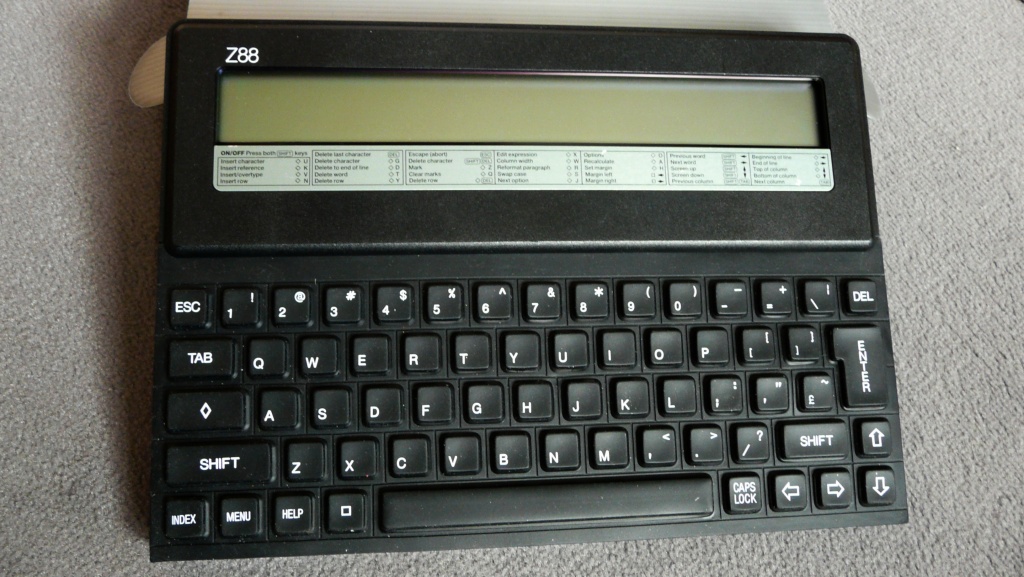
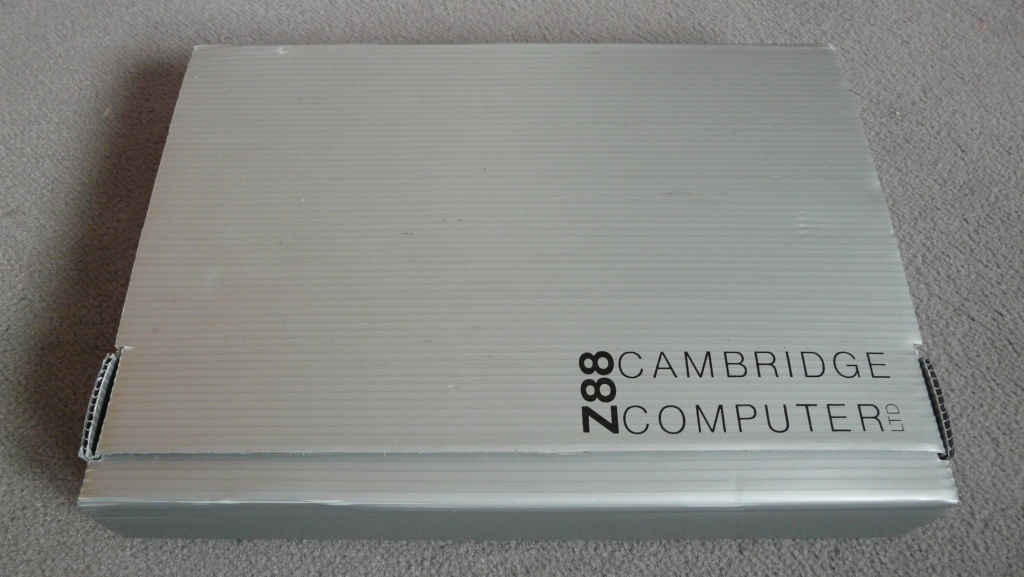
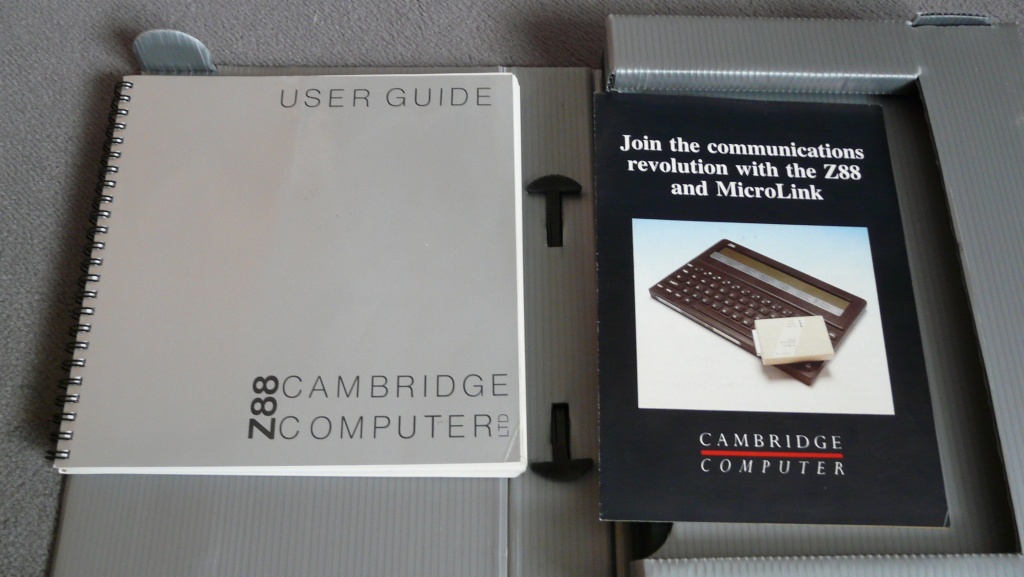
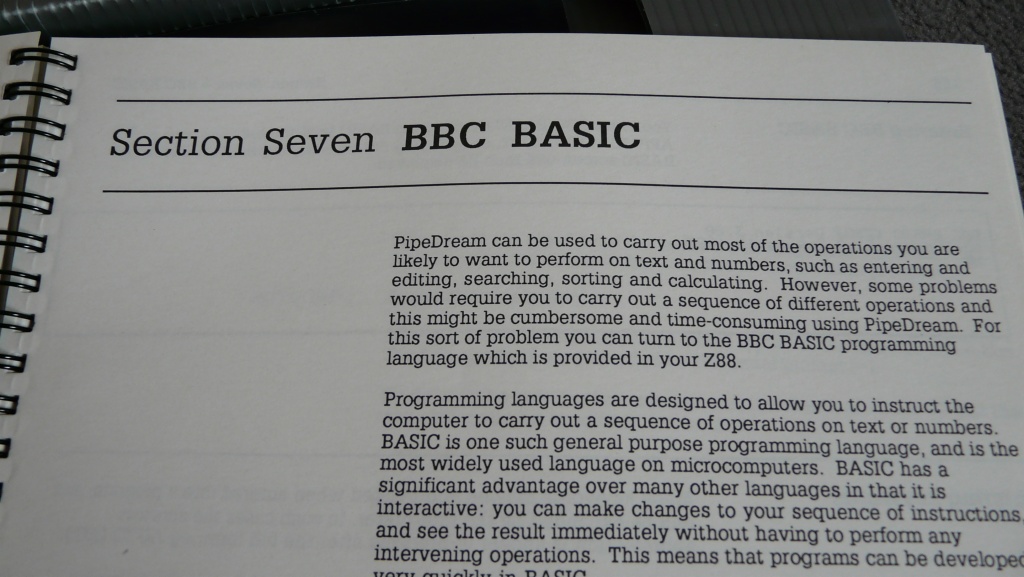
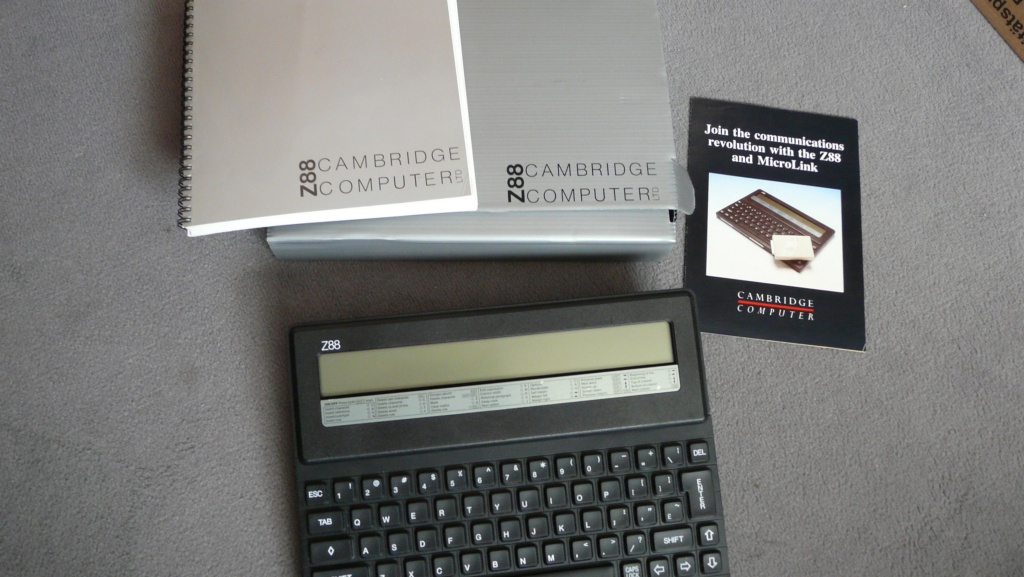
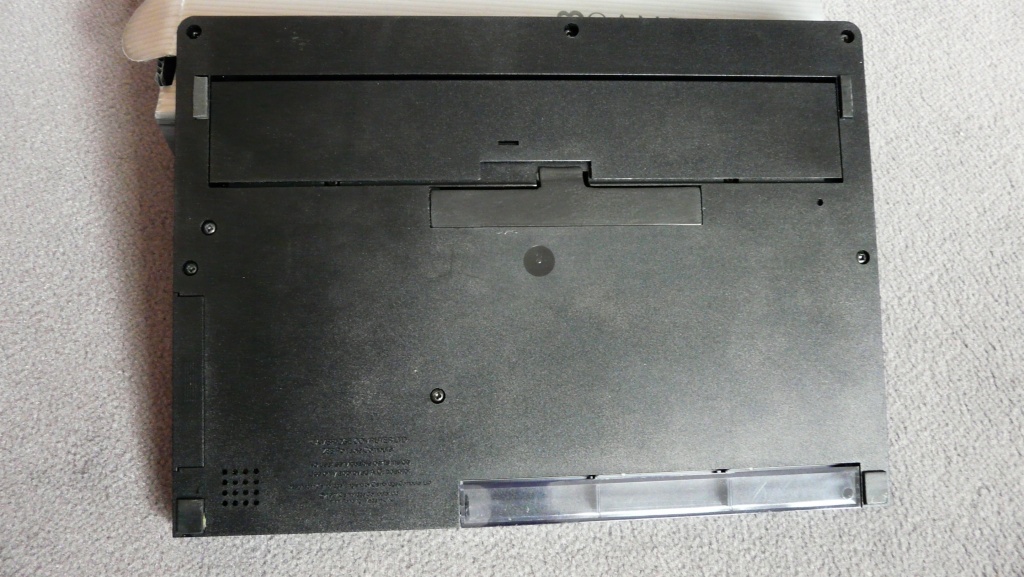
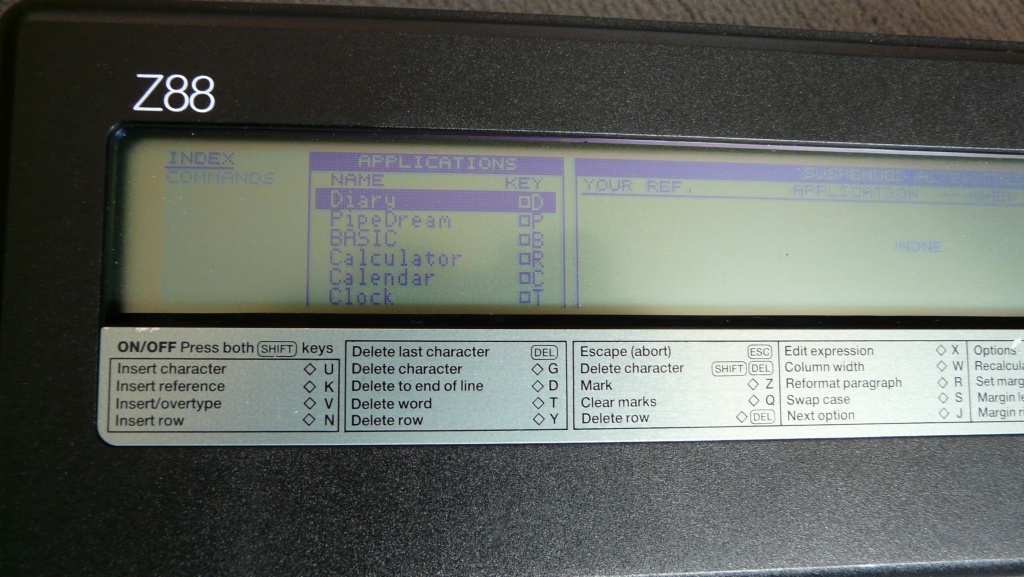
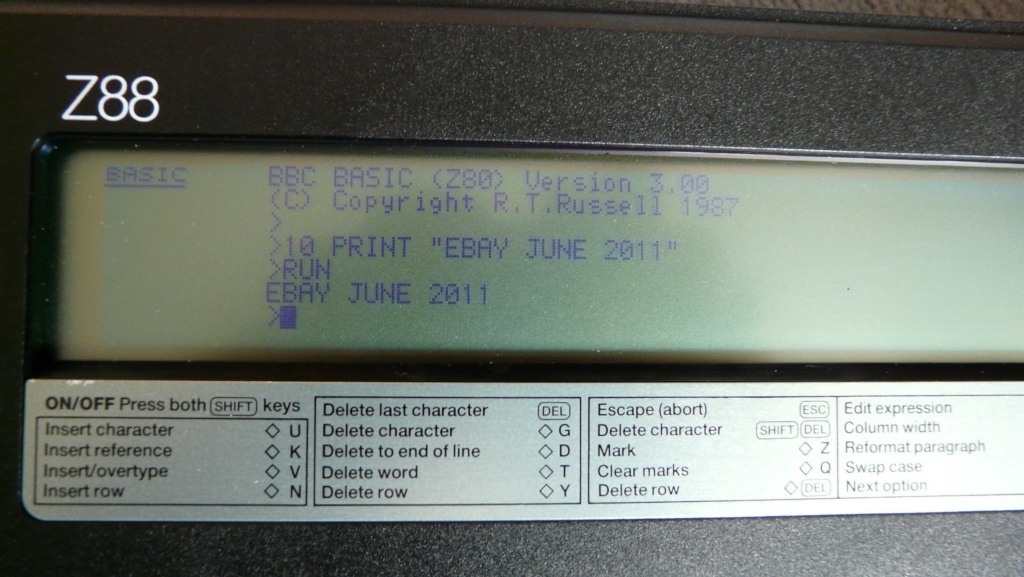
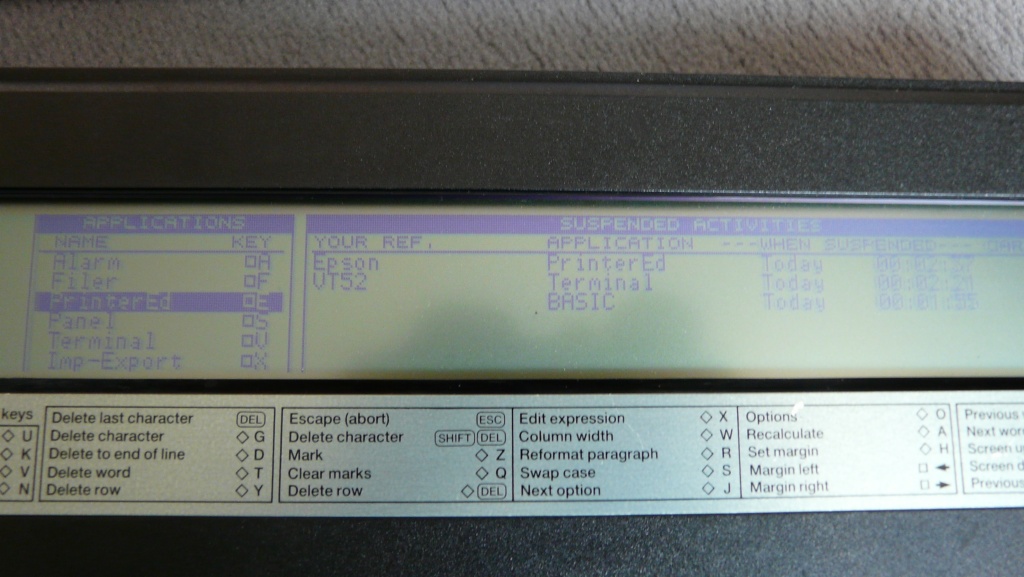
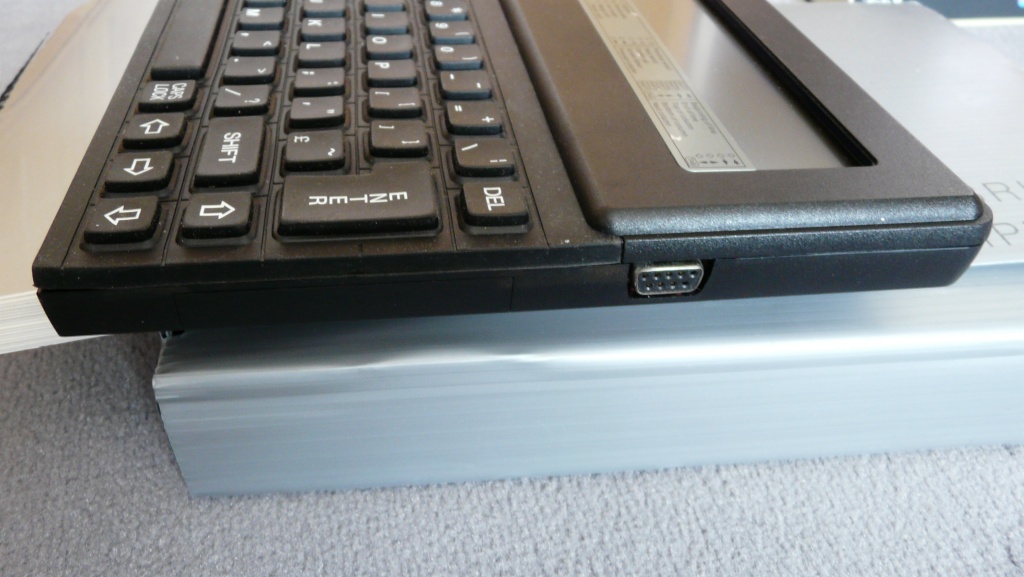
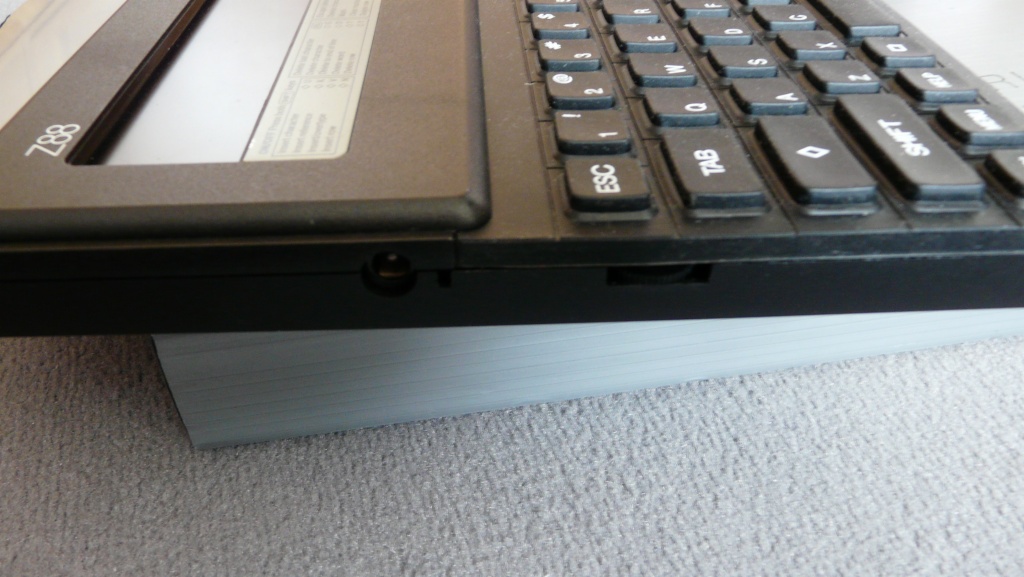

Copyright(c) 2011
